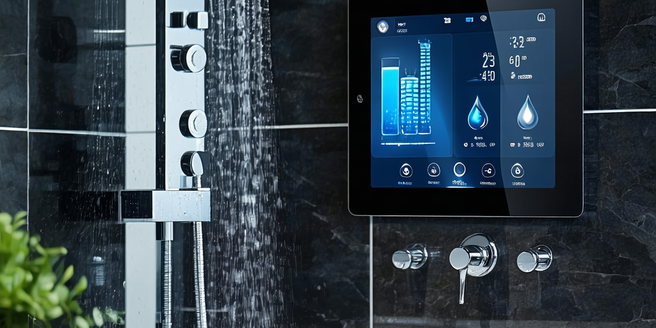Renter’s Guide To Understanding Utility Bills

Breaking Down Common Utility Types
Utility bills commonly comprise several services such as electricity, water, gas, and sewer. Each one plays an essential role in your daily life. Electricity powers your home, making it possible to charge devices, run appliances, and provide lighting. Water covers both supply and heating, while gas may be used for cooking, heating, and sometimes electricity generation. Sewer services handle water waste, ensuring proper disposal and treatment. Understanding what each utility includes helps in managing and anticipating costs. Services often come from different providers, resulting in separate lines on your bill. By identifying and breaking down these components, renters can more accurately allocate their budgets and minimize the surprises each month. Being informed aids in recognizing and rectifying any discrepancies that may arise.
How Utility Billing Works
Utility billing involves tracking and charging for the consumption of services like electricity, water, gas, and sewer. These utilities are typically billed monthly, reflecting your usage from the previous period. Meters installed at your home measure consumption, which utility companies read or estimate periodically. Based on this data, your bill is generated, often including a breakdown of usage, rates, and any additional fees. Some companies offer fixed-rate plans, providing predictable charges regardless of consumption fluctuations. Additionally, budget plans may average out yearly usage, leading to uniform monthly payments. Understanding your bill involves recognizing these billing methodologies and the factors influencing them, such as rate changes or promotional discounts. Knowledge of how billing works allows you to plan and manage your finances more effectively, ensuring timely payments and avoiding service interruptions.
Reading and Interpreting Your Bill
Reading your utility bill can often feel overwhelming due to its technical nature and detailed breakdowns. However, with the right approach, you can easily interpret the information presented. Typically, a utility bill includes personal identification information, service dates, and meter readings. Additionally, it details your consumption, current charges, previous balance, and total amount due. Understanding these sections helps you verify bill accuracy and identify usage patterns. Pay special attention to any graphs or charts, as they provide visual summaries of consumption trends. Be aware of due dates, payment methods, and any late fees that may apply. By familiarizing yourself with the bill’s layout, terms, and associated definitions, you can ensure there are no discrepancies, potentially saving money and preventing misunderstandings with your utility provider.
Tips for Managing Your Utility Costs
Effectively managing utility costs involves awareness and proactive steps. Start by regularly reviewing your bills, assessing patterns, and identifying unusual spikes in usage. Consider investing in energy-efficient appliances and smart home devices, as they can significantly reduce consumption. Simple actions like unplugging unused electronics and lowering thermostats can also make a difference. Switch to LED lighting and ensure your home is well-insulated to minimize heating and cooling expenses. Take advantage of off-peak hours when rates are lower for tasks like laundry or running dishwashers. Additionally, many utility companies offer budget billing plans or energy-saving tips—find out if such options are available to you. Educating yourself about local programs and incentives for energy conservation can also contribute to cost savings. A mindful approach enhances your budget’s predictability and sustainability.
Understanding Seasonal Variations
Utility bills often fluctuate due to seasonal changes, impacting your usage and subsequently, charges. During winter, heating needs can lead to higher electricity or gas consumption, whereas summer may see increased use of air conditioning. Understanding these patterns allows better prediction and planning for spikes in utility costs. Consider weather-proofing your home to combat extreme temperatures, such as sealing drafts or using thermal curtains, which can ease seasonal burdens. Many providers offer tools or calculators to estimate seasonal costs, helping you adjust your usage and budget accordingly. Monitoring usage online or via utility apps provides insights into consumption habits and their seasonal shifts. By preparing in advance for these variations, you can manage finances more effectively, avoiding bill shock and ensuring a comfortable living environment all year round.
What to Do If Your Bill Is Incorrect
Encountering an incorrect utility bill can be frustrating but resolving it involves a straightforward process. Begin by thoroughly checking your bill for discrepancies, comparing it against previous statements and your own records of meter readings. Identify specific errors, such as incorrect rates, unexplained charges, or unusually high consumption. Once confirmed, contact your utility provider promptly via their customer service line or online portal. Be sure to have your account information and evidence of the error ready. When communicating, remain polite but assertive, explaining the issue clearly and providing any supporting documentation. If necessary, request a detailed bill investigation or adjustment. Most companies are willing to assist and resolve genuine billing mistakes. Keeping diligent records of all interactions and confirmations is advisable, ensuring a smooth resolution process and preventing future issues.